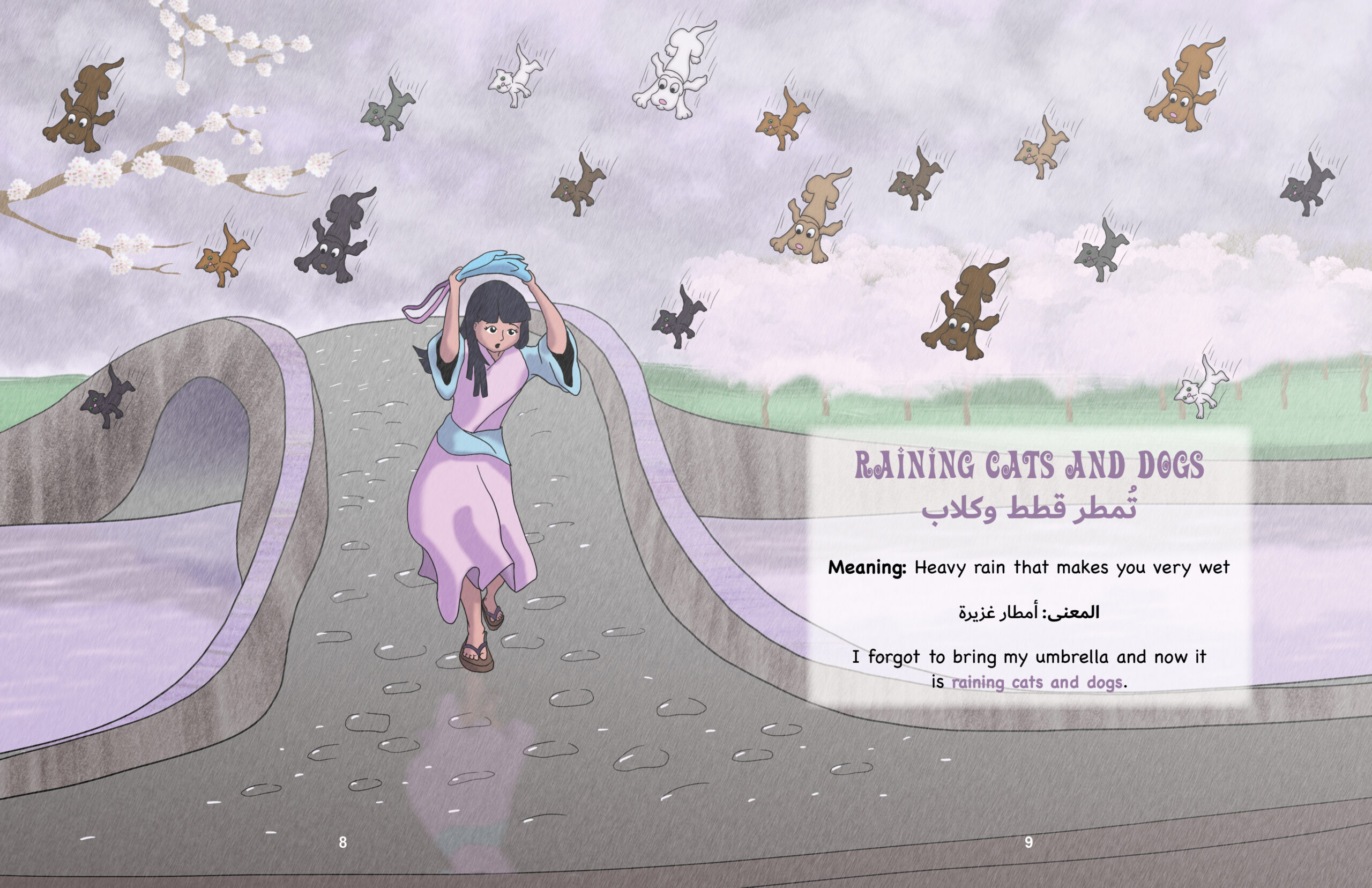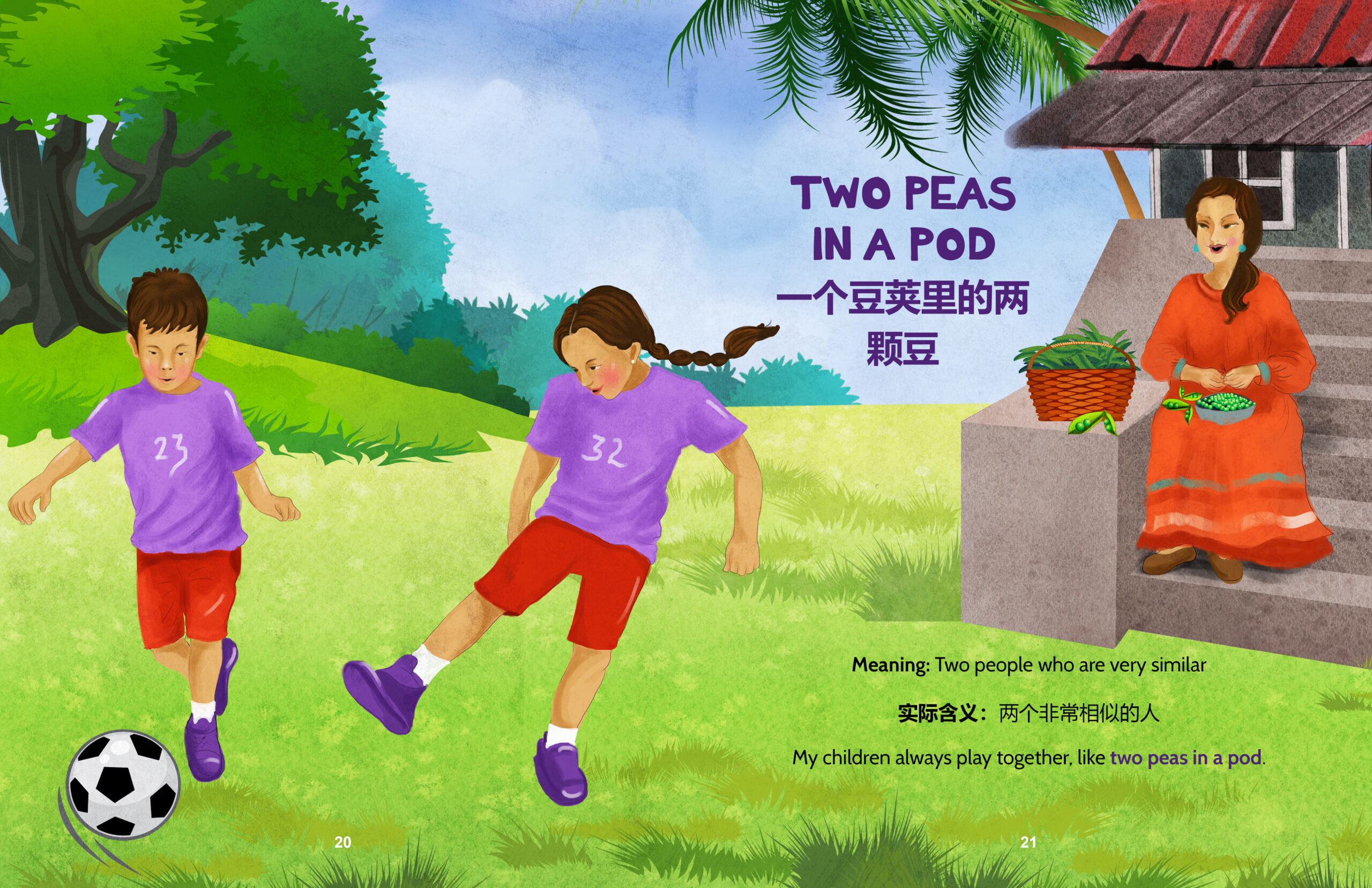Let’s look at the challenges that children with autism spectrum disorder (ASD) experience when trying to learn figurative language. More specifically, we will look at how Language Lizard’s Idiom Series can support these young learners!
The Challenge with Figurative Language
Children with autism spectrum disorder (ASD) can experience significant social, behavioral, and communication challenges resulting from their developmental disability. For instance, identifying figurative language like metaphors and idioms can be very demanding.
While some researchers believe this difficulty results from compromised core language skills (ie. semantics, grammar), the majority attribute a compromised Theory of Mind to be the main cause. In plain terms, children with ASD need more help recognizing the mental states, unique beliefs, and desires of other people. Since figurative language is all about what isn’t being said, you can see how tricky it is to navigate not only social interactions, but also literature.
 Page from The Lion’s Share
Page from The Lion’s ShareASD, English Learners, & Idioms
Children with ASD and English learners share the common challenge of navigating figurative language, especially with idioms. For children with ASD, they view language as a literal tool for communication. For English learners, they rarely share the same idioms in their native language. Therefore, idioms require a straightforward, but culturally relevant teaching approach. Language Lizard put together the Idioms Book Set so children can see both detailed examples of common English idioms as well as intricate visual representations.

Language Lizard Idiom Books are available in English and in bilingual editions with the following languages: Arabic, Burmese, Chinese, French, Haitian Creole, Hmong, Spanish, Telugu, Vietnamese and more. They also come with free multicultural lessons and activities to support culturally responsive teaching.
What books and resources have you used to teach figurative language to children with ASD and English Learners? Tell us in the comment section or tweet us using the #IdiomsRock handle.

